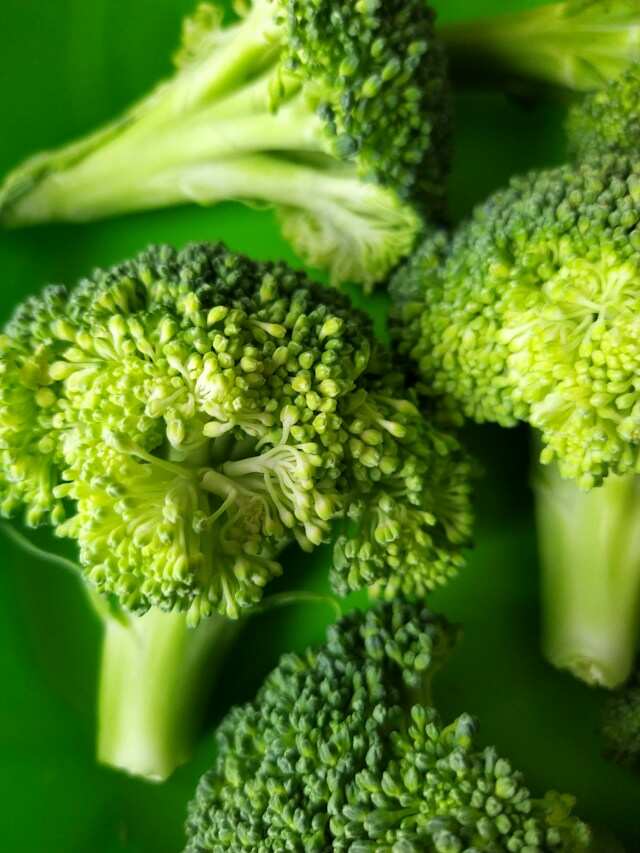
8 Cruciferous Vegetables You Should Include In Your Diet
By Ujjainee Roy
January 5, 2024

Image Credit: Unsplash

Cruciferous vegetables are considered super healthy as they have exclusive phytochemicals and experts believe they can improve heart health by regulating blood cholesterol and improving blood glucose control. They are also easy to add to daily meals! Here are some of the most usable cruciferous vegetables

Image Credit: Unsplash


Broccoli
A versatile and widely available cruciferous vegetable, broccoli is rich in vitamin C, vitamin K, and fibre. It also contains sulforaphane, a compound with potential anti-cancer properties.
Image Credit: Unsplash

Kale
Kale is packed with nutrients like vitamins A, K, and C, as well as minerals like manganese, kale is a nutrient-dense leafy green. It's also a good source of antioxidants.
Image Credit: Unsplash

Cauliflower
A winter favourite, this vegetable can be used in various dishes as a low-carb alternative. It provides a good amount of fibre, vitamins, and minerals.
Image Credit: Unsplash

Cabbage
Cabbage comes in different varieties, such as green and red cabbage. It's a good source of vitamin C and vitamin K and is often used in salads, slaws, and stir-fries.
Image Credit: Unsplash

Brussels Sprouts
These small, green cruciferous vegetables are rich in fibre, vitamins C and K, and antioxidants. Roasting or sautéing Brussels sprouts can enhance their flavour.
Image Credit: Unsplash

Arugula
While not as commonly recognised as a cruciferous veggie, arugula is one of the most usable ones. It’s a peppery and nutrient-packed green and a good source of vitamins A, K, and folate.
Image Credit: Unsplash

Bok Choy
Bok Choy Commonly used in Asian cuisine, bok choy is a type of Chinese cabbage. It's low in calories and provides a good dose of vitamins A and C, as well as calcium. It can be used in soups, noodles and in rice dishes.
Image Credit: Unsplash

Radishes
Radishes are crunchy root vegetables that come in various colours and are widely consumed during winters. They're a good source of vitamin C and contain compounds that may have anti-inflammatory and antioxidant properties.
Image Credit: Unsplash
